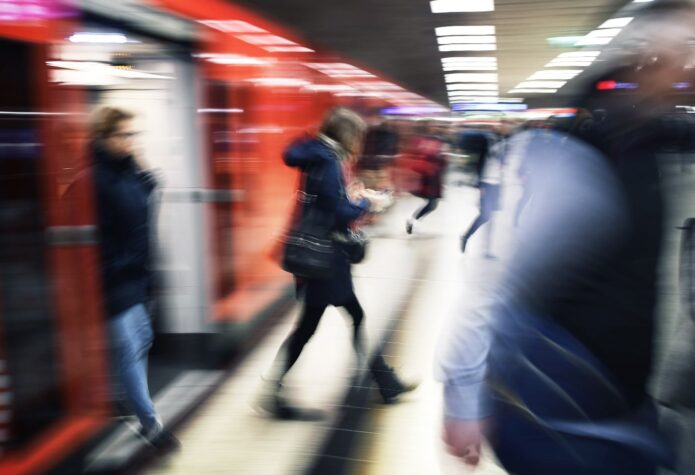Espoo – The metro is not just a line

On 18 November, Finland’s metropolitan region received its West Metro, the extension of the Helsinki subway line into Espoo, the capital’s most populous satellite city. The 14-kilometre extension has eight stations and, in a number of years, will add seven more kilometres of track and five new stations further westward.
NIB has committed to finance both stages with two loans totalling EUR 270 million. The total amount of the investment in the metro line tops EUR 1 billion.
For Espoo, home to 270,000 people, the metro means a change. The new line has been built in the city’s southern, coastal, most populated part, from where some 50,000 people commute to work in Helsinki every day. Espoo’s bus lines are switching from transporting people between the cities to feeding passengers to the subway stations.
Not only will it help to cut carbon dioxide emissions by some 40%, to 6,800 tonnes per year, in the southwestern public transport corridor of the metropolitan region, it will also change daily routines for tens of thousands of people. It will change the look of the city and even affect its school education system.
“It’s not just a transport line. The whole transport system is on the move”, says Olli Isotalo, Vice-Mayor of Espoo and Chairman of the Board of Länsimetro, the company established by the cities of Espoo and Helsinki to build the new line.
Over half of the city’s population will be affected by the metro system—a population that has been constantly growing, regardless of economic cycles, since the 1960s and is expected to expand by at least 70,000 in the next twenty years. The newcomers are very likely to find their homes in the new housing developments along the metro line.
The city’s inhabitants will need access to public and private services at and around the metro stations: a win-win situation for both the inhabitants and the municipal budget.
“If a 15-kilometre journey by metro takes just two minutes, there’s no need for the city to replicate the services, such as day care facilities, schools, libraries and health centres, as often as it is the case now”, says Mr Isotalo.
Building on new, metro-inspired traffic patterns, Espoo will soon have a new high school without a school building, while classrooms will be scattered in areas with direct access to the subway. This experiment inspired by the metro line “may present benefits for school education”, Mr Isotalo says.
The metro has already become a magnet for private investment, estimated at around EUR 2 billion to date. Three shopping centres at metro stations have been expanded, and a new one has recently opened. New residential towers of 20–30 storeys are rising in southern Espoo. Keilaniemi, Niittykumpu, Suomenoja, Espoonlahti, Kivenlahti and Maarinsolmu are all in the vicinity of the now-opened line and its extension further westward.
Espoo is becoming more urban and “getting more services, including those that the locals used to go to Helsinki city centre for. People and businesses are excited about the new metro”, Mr Isotalo says.
For the Finnish media, however, the West Metro has become a meme of delays and rescheduling. Länsimetro, the construction company, blames the slower-than-expected pace on errors in the original planning, which dates back to 2009.
“The original plan didn’t reserve enough time for the commissioning stages”, says Ville Saksi, Länsimetro’s CEO. The six months planned for the final stage turned to 15 months in reality, he explains.
A decade of research and construction saw other hurdles and complications—both technological and administrative—that were not part of the original design and that the previous experience, of building the Helsinki metro eastward 35 years ago, did not help to predict.
“The West Metro is not only Finland’s largest infrastructure project, but also a demanding building services and automation project. There was no matching experience of the same magnitude and complexity in Finland”, Mr Saksi says.
“Our objective is that once opened for service, the system will be safe and reliable. The entire construction organisation is working hard to ensure this.”
